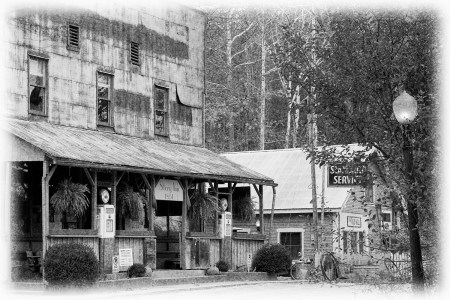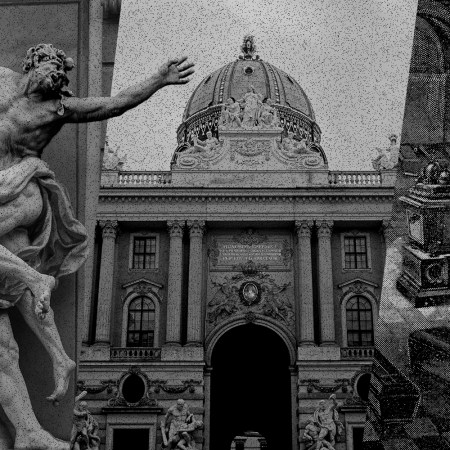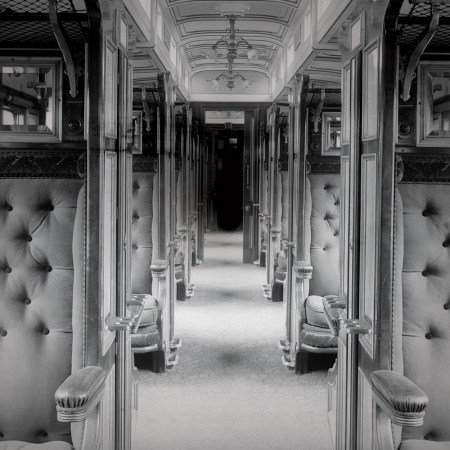Across the country and around the world, you’ll find no shortage of stories about haunted hotels this time of year. Whether it’s a jilted lady who threw herself from the bridal suite balcony or an outlaw who drew aces and eights in a Wild West poker game, such spooky tales add atmosphere (and potential bookings) for any property, from tiny motels to major resorts.
Make-believe aside, what do big-name properties do when they encounter the deceased in very real circumstances? When construction inadvertently strikes human remains from bygone eras, how do the people behind a hotel or resort navigate the unexpected with respect?
Out in Hawaii, the Ritz-Carlton Maui, Kapalua sits along the beach within the 22,000-acre Kapalua resort region. The resort is a star of the island’s northwest coast, a destination for everyone from luxury travelers to wedding parties to families. The area is a particular bucket-list destination for golfers with its Bay Course and Plantation Course, a fixture on the PGA Tour.
During the property’s original $80 million development and construction in the lat 1980s, crews working along the coastline ran into just such a predicament. After unearthing human remains during initial excavation, work halted and news spread of an archeological and religious discovery.
Workers inadvertently exhumed a portion of the Honokahua burial site, the final resting place of more than 900 skeletons from an overall burial of more than 2,000 people in the region from about 600 to 1800 CE. After construction was paused, developers, tribal leaders, archeologists and activists were forced to find some way forward.
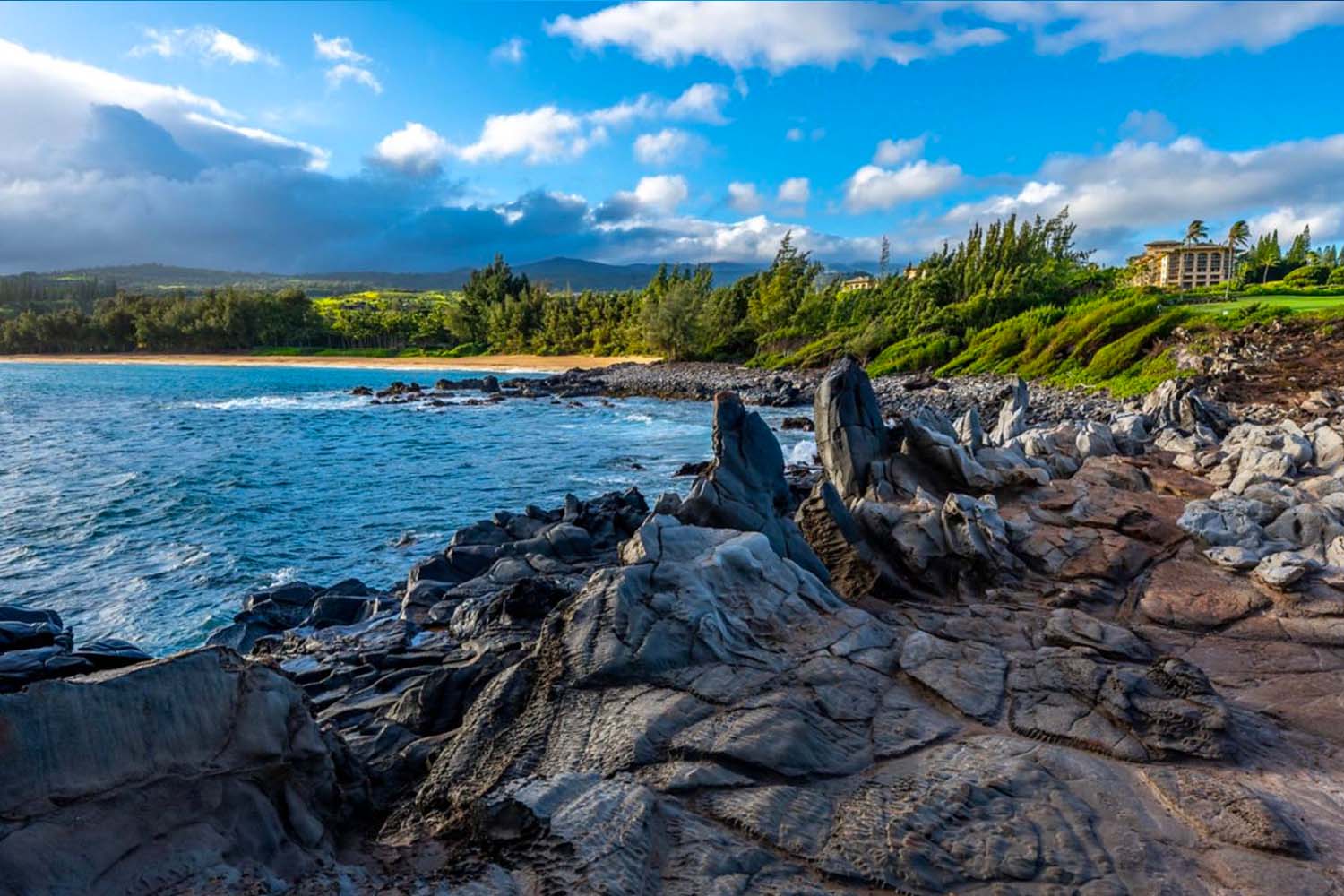
Clifford Nae’ole, Hawaiian cultural advisor for the Ritz-Carlton Maui, Kapalua, educated thousands of employees, guests and visitors to the resort for more than 30 years. He develops educational programs on Hawaiian behavioral protocol, cultural traditions and the ancient tradition of mo’olelo (storytelling). As he explains, there was initial surprise and confusion for locals and developers alike, ultimately leading to protests and controversy.
“There would be a lot of blood, sweat and tears for many people who did the groundwork,” Nae’ole tells InsideHook. “A lot of people from all over the island came here to stop the development. And the people behind the development were caught in shock because they didn’t expect something like this that wouldn’t let them continue.”
Following a period of protest, study and negotiation — bringing together locals, developers, government officials, historians, archeologists and tribal officials — an understanding was reached and a law enacted to protect the previously unmarked burial site.
A Definitive Guide to the 13 Most Haunted Hotels in the US
At these spooky inns, strange apparitions in the halls, weird sounds in the night and doors opening and closing at will are more common than turn-down serviceAccording to Rebecca Pang, Ritz-Carlton Maui’s director of public relations, the minds behind the resort agreed to a redesign that moved the hotel inland and away from the beachside graves.
“The remains were carefully reinterred, and the Honokahua Preservation site created,” Pang is proud to say. “The protected area is off-limits to resort guests.”
While used for tribal ceremonies to honor the dead, the Honokahua site is merely visible from a distance for Ritz-Carlton visitors or locals walking along the seaside. A gentle, sloping burial mound with meticulous landscaping rests behind volcanic rock walls and hedges meant to delineate clearly where beach, memorial site and hotel property diverge.
“These are things that bless me,” Nae’ole adds. “This in a strange way is a birthing spot. I know what happens here will continue to affect the future of Hawaii because of the skeletal remains and the respect we have for them.”
Jumping across the breadth of the United States from the Hawaiian islands to Wisconsin and the shores of Lake Michigan, the town of Kohler is home to a good portion of the world’s bathtubs and one of America’s great classic resorts. The American Club is the rarest of vacation destinations, scoring five stars from the Forbes Travel Guide and five diamonds from AAA.
Originally built in 1918 as a dormitory for immigrant workers who came to the town of Kohler, The American Club is now one of the Historic Hotels of America, a program devised by the National Trust for Historic Preservation. Home to rooms and suites named for many of the most famous past visitors (Houdini, Lou Gehrig, Fred Astaire, Mary Pickford, Ernest Hemingway, Eleanor Roosevelt and Vince Lombardi), the property is now run by Destination Kohler.
Offering the Kohler Waters Spa, access to seven restaurants, museums and shopping via the adjoining Village of Kohler, The American Club also gives visitors the chance to play one of the world’s greatest golf courses. Celebrating its 25th anniversary this year, Whistling Straits has already played host to three PGA Championships and a Ryder Cup. Designed by the late Pete Dye, the course is the star attraction of a five-course collection including Black Wolf Run and The Baths.
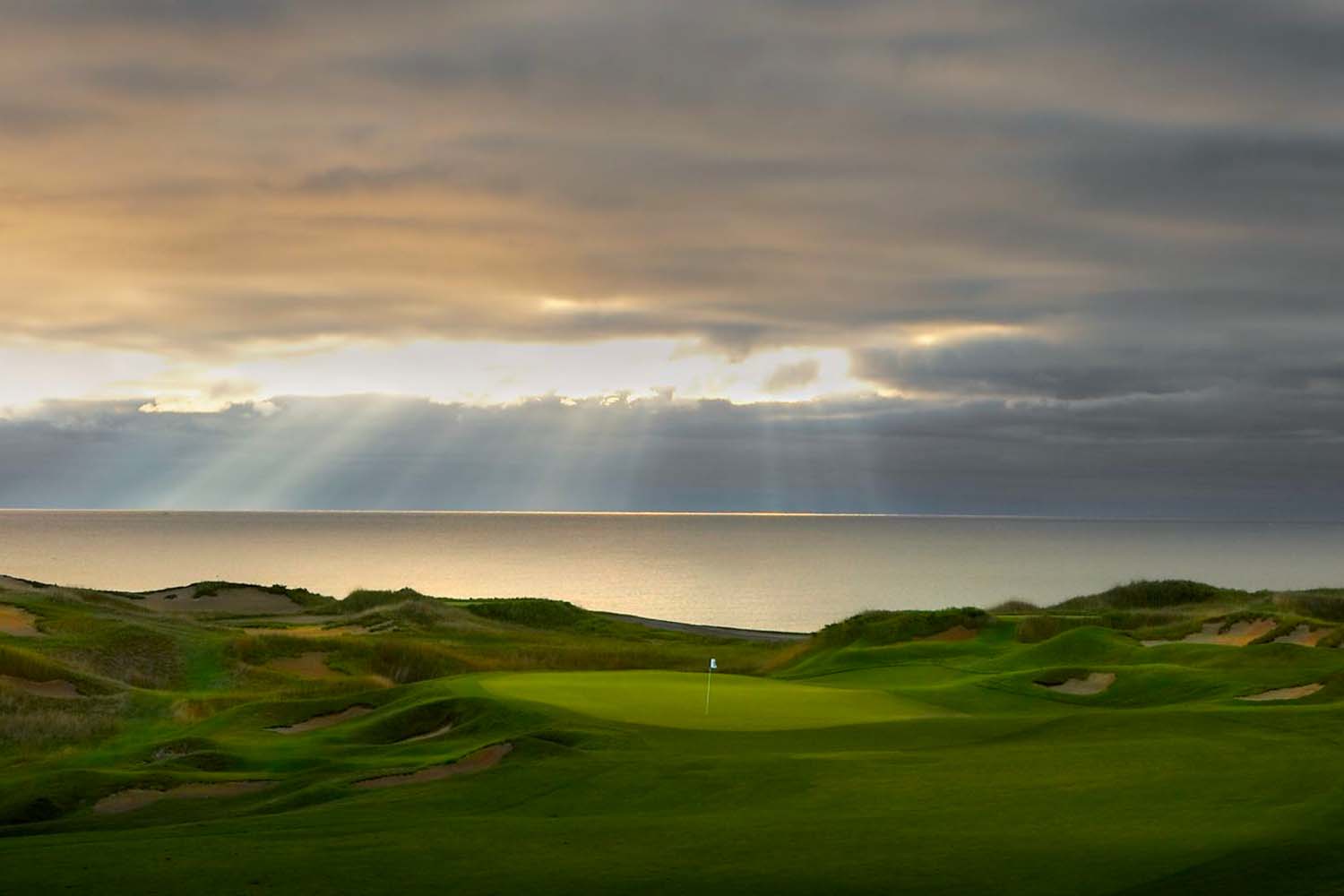
Destination Kohler has ongoing plans to build a new elite course not far from Whistling Straits along the lakeshore of Sheboygan, WI. While navigating the traditional legal and environmental rigors of preparing a course and gaining official approvals, archaeologists unearthed human remains of Native American tribes along the lake near the site where Kohler considered building its next 18-hole masterpiece.
A University of Wisconsin-Milwaukee report sites seven locations beneath privately owned wetlands and forest where excavations unearthed ceramics, tools and other artifacts in addition to sporadic human remains. The examination of the 247-acre site that was required under federal historic preservation laws was followed carefully by Destination Kohler during planning stages.
The UWM statement explains that the artifacts belonged to Woodland-era Native Americans (possibly Menominee, Ho-Chunk or Ojibwe) who lived between 500 BCE and 1200 CE. Unlike the Maui incident, the Wisconsin archeologists did not encounter clear graves that would trigger additional development restrictions under state and federal burial protection laws.
Regardless, official statements by Destination Kohler indicate the company continues the long and prescribed process of getting a golf course officially approved — while honoring Native American history in keeping with its long-held identity as a friend of its home state. Along those lines, Kohler representatives continue working with Native American tribal leaders, federal legal experts and state officials “to create a project that preserves the history of the property while creating an opportunity for greater public access and education.”
Wherever the new Kohler course eventually plants its flagstick, all parties — as on Maui — pledge a full commitment to embrace the future while honoring those lost to the past. That kind of cooperation promises a happier ending than you’ll find in any haunted house story.
This article appeared in an InsideHook newsletter. Sign up for free to get more on travel, wellness, style, drinking, and culture.

